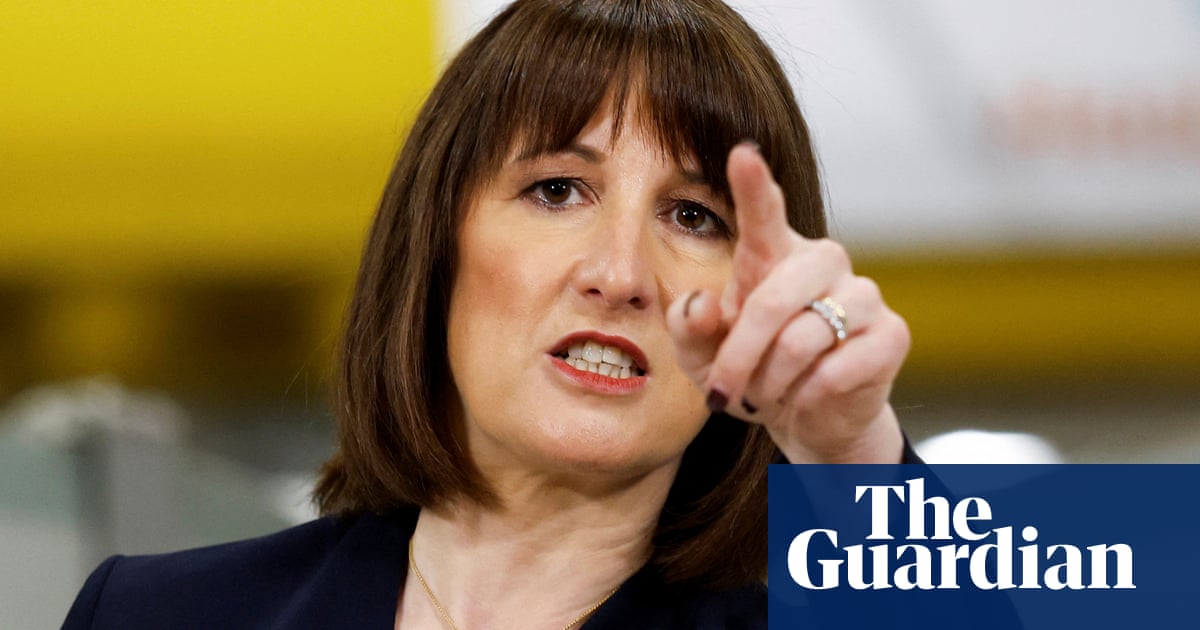Britain entered the economic shock from Donald Trump’s trade wars with government borrowing having overshot official forecasts by almost £15bn in the most recent financial year.
Adding to the pressure on the chancellor, Rachel Reeves, theOffice for National Statisticssaid borrowing in the financial year ending in March was £151.9bn, more than £20bn higher than in the previous financial year.
After a larger than anticipated rise in borrowing in March, the figure was £14.6bn more than the Office for Budget Responsibility (OBR) had predicted less than a month ago in forecasts published alongside the chancellor’sspring statement.
In a setback for the government, economists warned that Reeves could be forced to increase taxes or announce deeper cuts to public spending at the autumn budget if she wanted to maintain her self-imposed fiscal rules.
“Public borrowing was overshooting the OBR’s forecast even before the influence from the tariff chaos is felt,” said Ruth Gregory, the deputy chief UK economist at the consultancy CapitalEconomics. “This raises the chances that if the chancellor wishes to stick to her fiscal rules, more tax hikes in the autumn budget will be required.”
Government debt interest payments have risen sharply since Trump’s November election victory, amid an increase in borrowing costs for countries around the world as investors fret over the impact on the global economy from the US president’s tariff policies.
The OBR warned last month that the worst-case scenario could reduce UK gross domestic product (GDP) by as much as 1% and erase the £9.9bn headroom Reeves left herself against her self-imposed fiscal rules.
The latest snapshot from the government finances showed borrowing in March alone was £16.4bn, slightly higher than economists’ forecasts for a reading of £16bn.
Compared with the annual value of the UK economy, borrowing in the financial year ending in March was estimated at 5.3% of GDP, 0.5 percentage points more than in the previous financial year and the eighth highest value since the financial crisis in the 2009 financial year.
TheInternational Monetary Fundthis week said Trump’s escalating trade wars had unleashed a “major negative shock” into the world economy. The chancellor is due to speak to her international counterparts at the fund’s annual spring meetings in Washington on Wednesday.
Mel Stride, the shadow chancellor, said the “alarming” figures showed the government was allowing borrowing to rise and debt to pile up. “These eye-watering sums are being paid for by hard-working people through higher taxes, higher prices and higher mortgage rates.’’
Sign up toBusiness Today
Get set for the working day – we'll point you to all the business news and analysis you need every morning
after newsletter promotion
Public sector net debt, the sum of every annual borrowing figure, was estimated by the ONS at 95.8% of GDP, one of its highest levels since the 1960s.
Darren Jones, the chief secretary to the Treasury, said: “Economic stability is crucial within a changing world. We will never play fast and loose with the public finances, that’s why our fiscal rules are non-negotiable and why we are going through every penny of taxpayer money spent, line by line, for the first time in 17 years to tear out waste.
“We are laser-focused on making sure taxpayer money is delivering our plan for change missions to put more money in people’s pockets, rebuild the NHS and strengthen our borders.”
